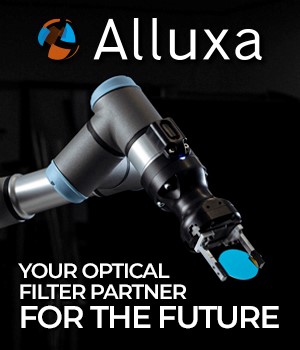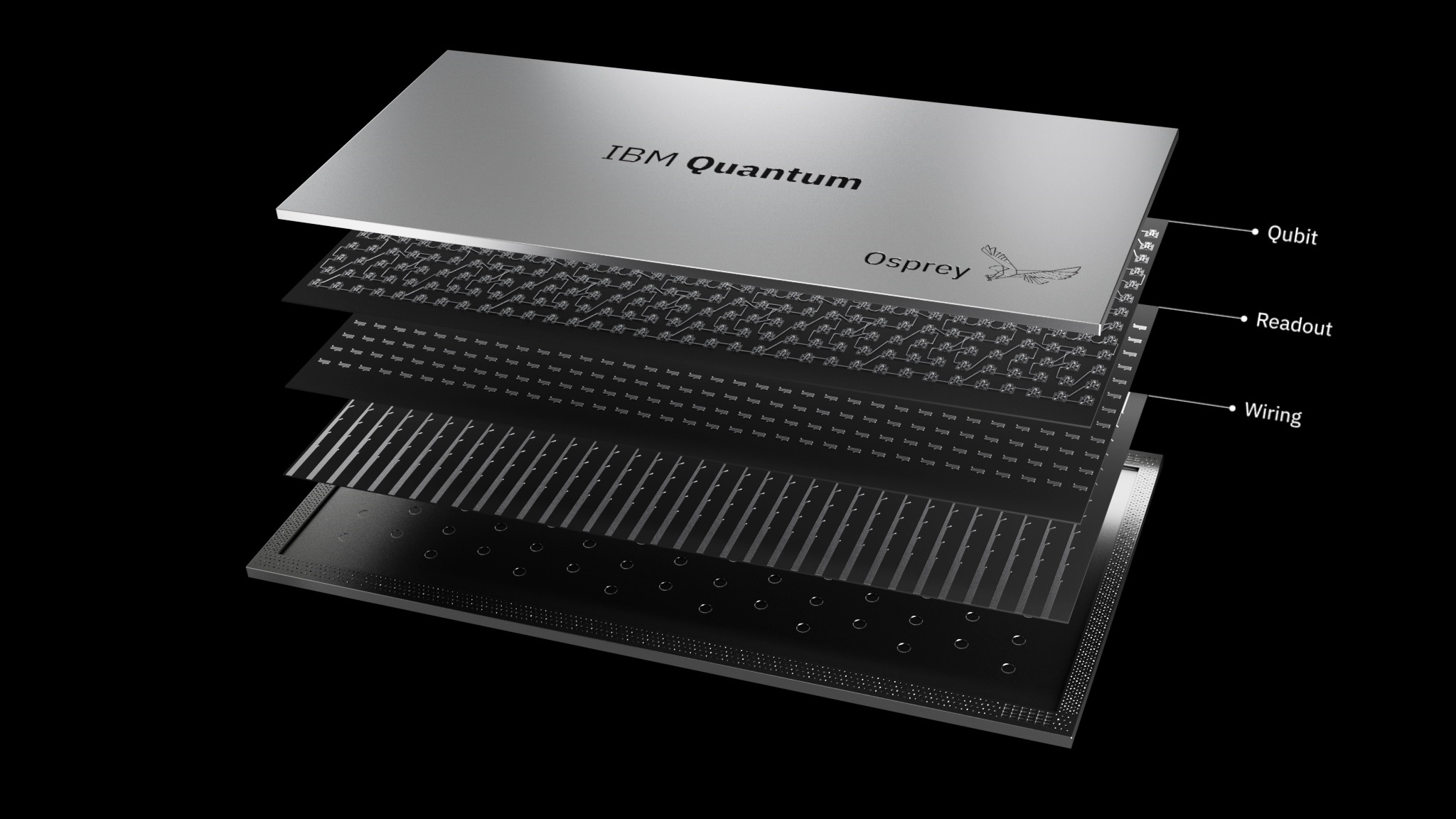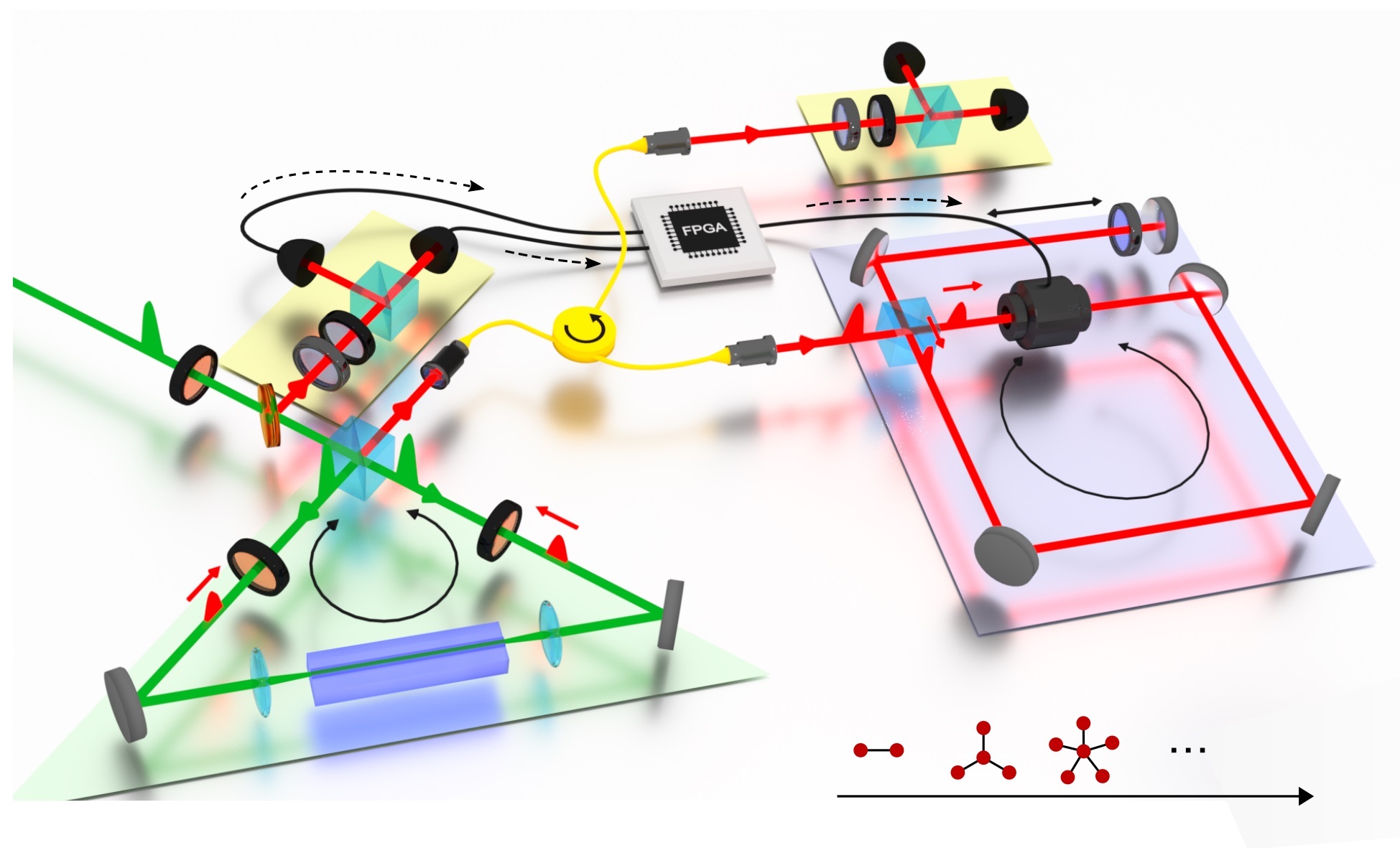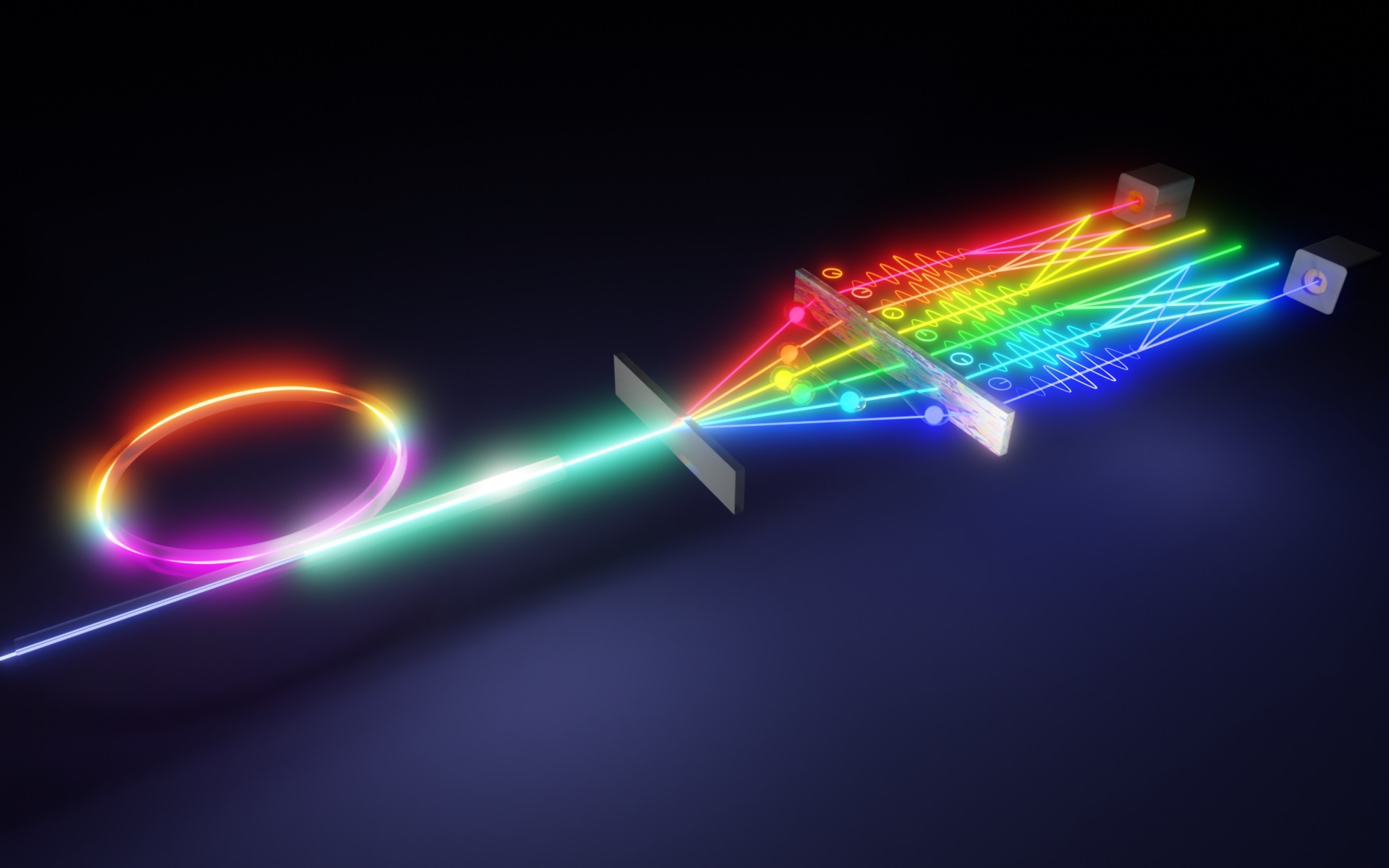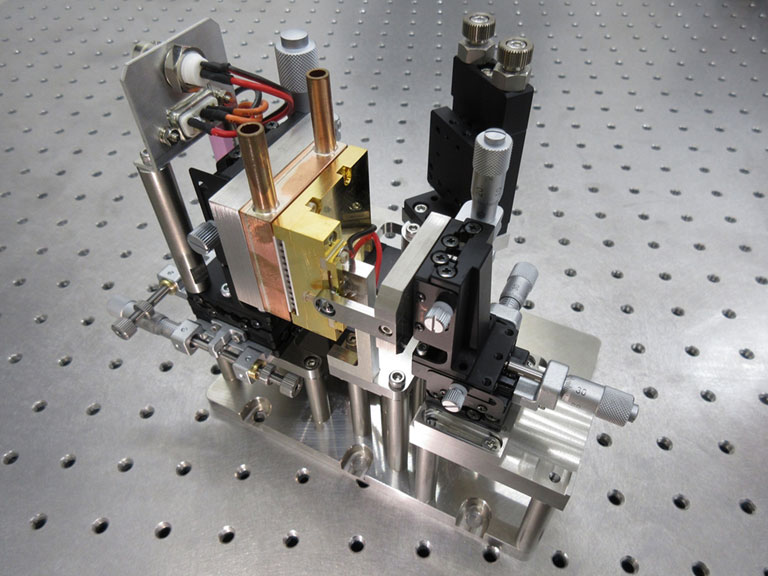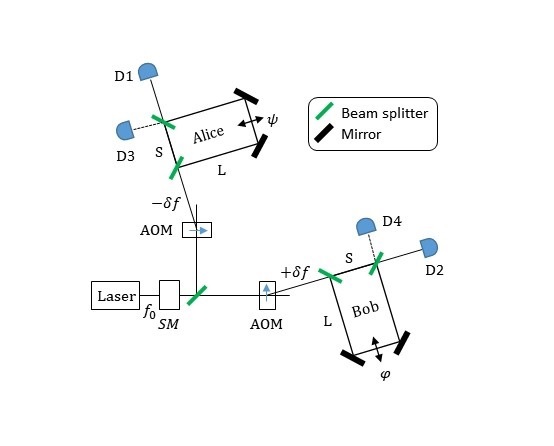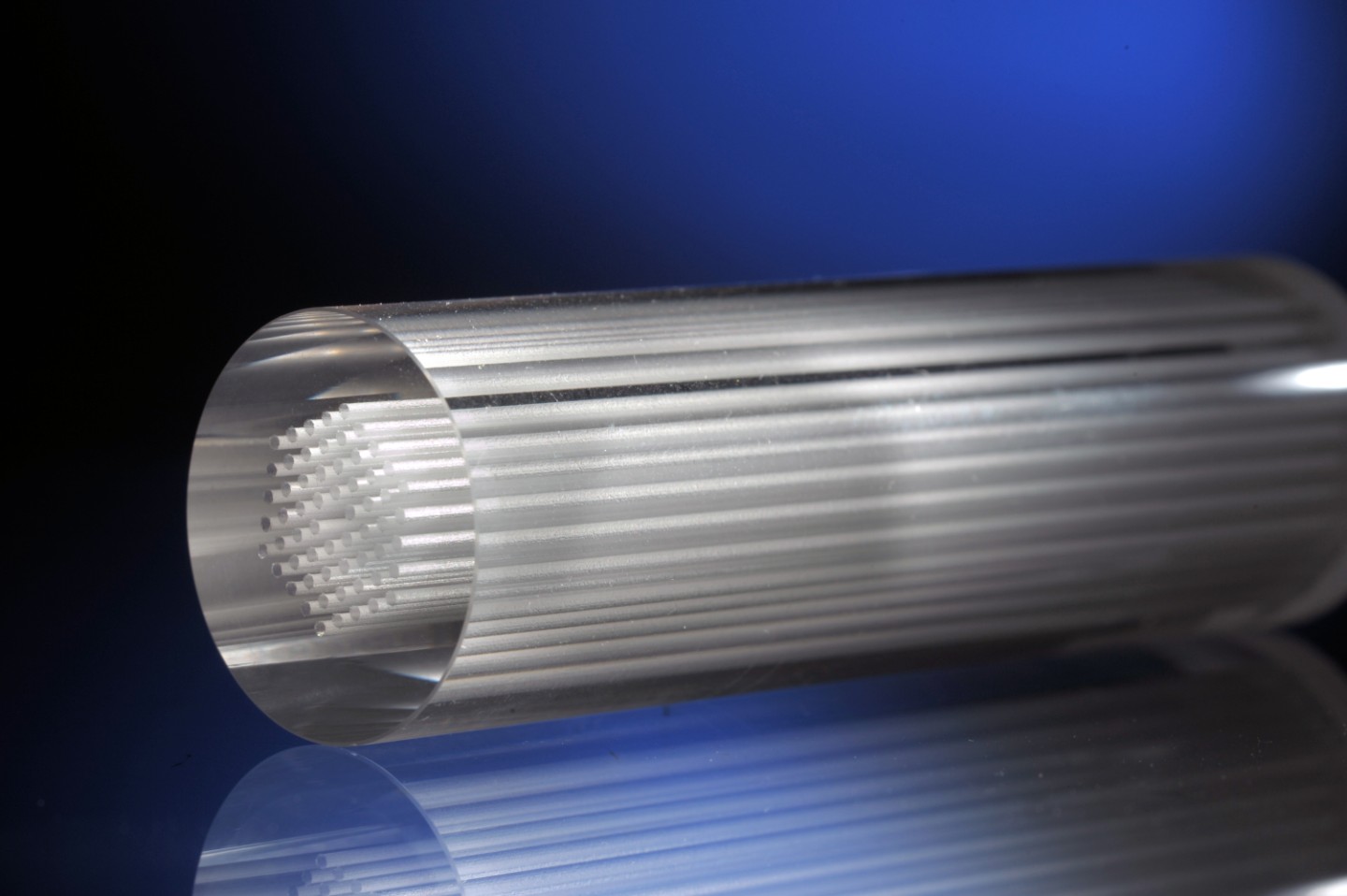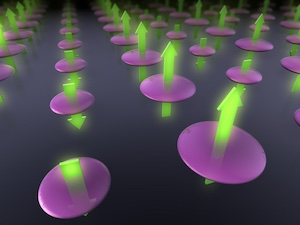15.5.2025
Superconducting qubits are the building blocks of quantum technologies. Poised to revolutionize both industry and society in the coming years, scientists are now racing to harness their power. But wrinkles remain: The lifetime of a qubit is short (only a thousandth of a second), they require highly specialized conditions, and are prone to errors.
Characterization of the superconducting devices is important for increasing their performance. A conventional technique to characterize a quantum device is based on a radio frequency (RF) measurement scheme involving costly and complex instrumentation. Another option is thermal detection, which offers advantages compared to the conventional technique due to its broadband frequency and simplicity.
Now a team of physicists, comprised of Aalto University’s Department of Applied Physics Doctoral Researcher Christoforus Dimas Satrya, OtaNano staff scientist Yu-Cheng Chang, Professor Jukka Pekola and collaborators, have created an on-chip bolometer that saves resources and cuts down on complexity. They demonstrated use of the bolometer to investigate the properties of a superconducting circuit.
The paper, representing a major step in the development of bolometers, was published in Nature Communications: https://www.nature.com/articles/s41467-025-58919-8
‘Our bolometer works as a simple direct current (DC) measurement, which is a lot less complex than the usual way of measuring with radio frequencies,’ Satrya says.
The bolometer works by detecting photons, which leak from a component called a superconducting resonator on the quantum chip. The photons cause the bolometer’s temperature to rise, which is then measured with a DC reading. By measuring this DC signal, the properties of the resonator can be determined.
‘Quantum measurements require components like amplifiers and isolators at low temperature that cost thousands of euros, distribute magnetic field toxic to superconducting devices, and consume lots of energy to power the amplifiers and cool the electronic components for maintaining the low temperature. Using our bolometer doesn’t require all that,’ Chang says.
The team’s innovation boasts a massively expanded operational range compared to previous solutions.
‘Typical radio frequency measurements are often contained within four to eight gigahertz frequency range. This bolometer has an upper range of 200 gigahertz, which means you can go from very low to very high frequencies without having to change setups,’ Satrya says.
Coupled with reducing costs, the broader operational range increase benefits the on-going race for ever-better quantum devices.
‘This device helps with the current trend of researchers wanting to realize and characterize qubits at frequencies not achievable with conventional setups,’ Pekola says.
In addition to scientific experiments, the bolometer has the potential for industry applications.
‘Our device could easily be integrated onto a production line for preliminarily inspecting the quantum devices to learn about their properties before further fabrication processes,’ Chang says.
The team used the Micronova cleanroom and low-temperature facilities, which belong to OtaNano, Finland’s national research infrastructure for nano-, micro- and quantum technologies in their pioneering study.


